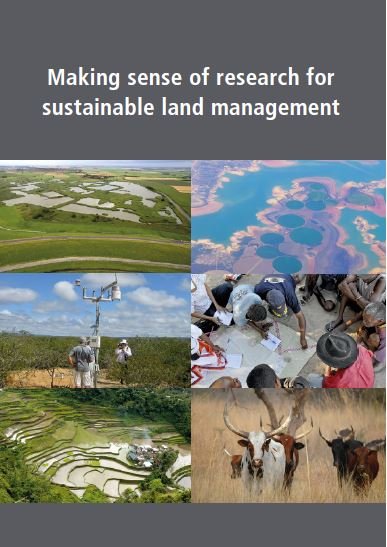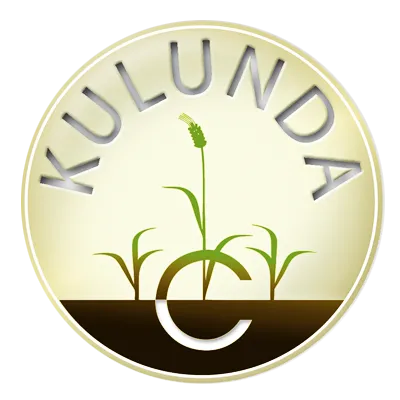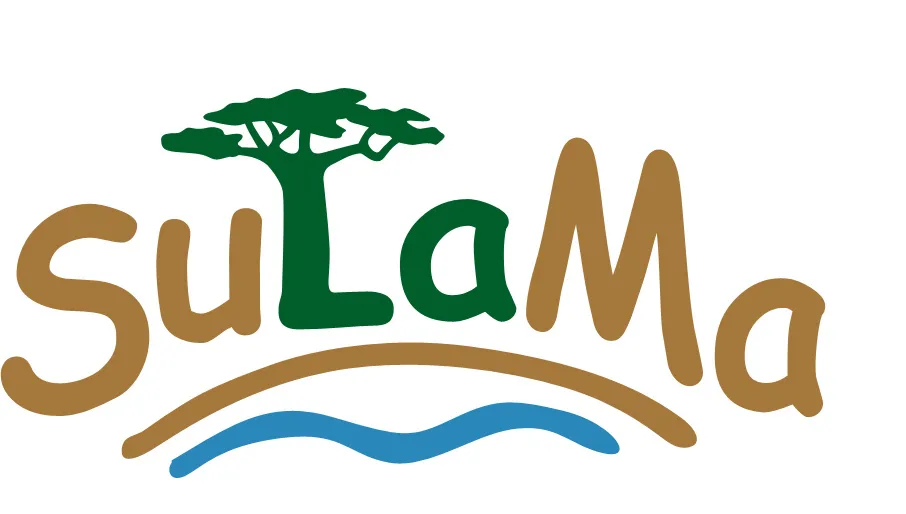Book project: Making sense of research for sustainable land management
This new book, “Making sense of research for sustainable land management”, provides evidence on how sustainable land management practices – both established and new – can be adapted to specific local and regional contexts.
- Home
- Book project: Making sense of research for sustainable land management
About the project
Land is a limited resource, but we take it for granted and do not use it sustainably. Land is much more than a commodity: it is our natural heritage. We depend entirely on land and its soils, water, vegetation, and animal life to sustain our livelihoods. Land is multidimensional and therefore complex: it has multiple scales, functions, sectors and actors that must be taken into account. This complexity requires people from practice and research to interact as equal partners, in “implementation-oriented research”. Integrated modelling and scenario development can help test innovations and integrate research results into formats suitable for informing decision-making.
The book “Making sense of research for sustainable land management” is a book project from the project "Global Assessment of Land Use Dynamics, Greenhouse Gas Emissions and Ecosystem Services (GLUES)". It provides evidence on how Sustainable Land Management practices – both established and new – can be adapted to specific local and regional contexts. It shows how research can support decision-makers and advisors from a variety of sectors – at national, regional, and local levels – in comprehending the complexity of Sustainable Land Management. It assists them in identifying and developing suitable solutions to prevent or restore land degradation, improve yields, increase resilience in production systems, and make water management more efficient. A special focus is on measures for climate change adaptation and mitigation.
The book is divided into two parts:
Part 1 consists of seven chapters, synthesizing practice-relevant results of the 12 research projects and drawing conclusions from seven years of experience.
1. Local land management – the soil, vegetation, water and climate nexus
2. Landscape management – adapting to climate change
3. Mitigating climate change
4. Protecting biodiversity and ecosystems
5. Bridging gaps between research and practice
6. The contribution of research
7. Conclusions and key messages
Part 2 comprises 30 selected case studies of Sustainable Land Management practices (technologies and approaches) documented and described in more detail by making use of the WOCAT format that ensures better clarification, easier comparison, and simpler application. The case studies can also be found in the WOCAT Global Database.
“Making sense of research for sustainable land management” contributes to the development of fresh and open-minded perspectives. It puts research on Sustainable Land Management into various different contexts for those who manage land and its soils, as well as those who want to conduct or set up research in a way that it is meaningful for land users. There is a need for integrated and integrative approaches – i.e. participatory methods that involve researchers and practitioners – as well as a corresponding self-understanding of the roles of research. And, last but not least, suitable framework conditions of funding and research management are crucial. Taking this into account, the book aims to be useful to land management practitioners who wish to incorporate research into their work of planning and budgeting the use of land, and of choosing appropriate farming technologies. It should benefit those providing consulting services, setting up research programmes, and running international dialogues on the future of agriculture. It is also aimed at scientists who want to conduct research that can successfully support Sustainable Land Management in practice.
Project results and impacts
The examples in this book confirm that preserving ecosystems and ensuring ecosystem service provision can be accomplished within production systems (land sharing), and outside of them through intensification on productive land – while leaving other land out of production (land sparing). The question is not “either/ or”. Rather, it is how to integrate both within the available space on this planet.
Some principles of Sustainable Land Management, as demonstrated by the research covered in this book, stand out in terms of practicability:
- Sustaining or improving soil organic matter and carbon (SOM/ SOC)
- Maintaining soil cover
- Optimizing the allocation of different land uses within a landscape, and adapting land use and land management to local environmental conditions
- Integrating or keeping structural landscape elements (riparian forests, flower strips, hedges, trees, earth bunds, terraces, mini reservoirs) within the production systems
- Combining measures
- Focusing on system resilience and disaster risk reduction, instead of maximizing outputs
- nexus perspective, taking into account the whole system, with its interdependencies between soil and soil biota, water, climate, vegetation, animals, and people
- multi-scale perspective, taking into account interactions of land use and natural systems on and between different scales, from local to landscape, and national to global
- multi-time perspective, taking into account short-, medium-, and long-term impacts and feedback from land management options
- multi-stakeholder perspective, taking into account interests of people living on, and using land, in different parts of a landscape; different sectors dependent on, and using land; different levels of decision-making and governance related to land management; and different sources of knowledge – scientific and non-scientific.
A basic strategy of research for SLM is to identify and make use of synergies while minimizing trade-offs. Unclear trade-offs; costs and benefits; and winners and losers at the local and landscape level may lead to conflicts.
Making sense of this research largely depends on integration across disciplines as well as integration of knowledge and people from science and practice. Research needs to move from producing knowledge about SLM to developing knowledge for SLM together with those who make use of it.
The book was launched after the opening of and welcome to the Landscape Day at the Rio Pavilion at CBD COP13: thirteenth meeting of the Conference of the Parties to the Convention on Biological Diversity Cancun, Mexico, 4–17 December 2016.
Publications

Read as E-book: https://issuu.com/wocat/docs/wocat_glues
Project collaborators

The Carbiocial project, in close cooperation with its Brazilian partner project Carbioma, is investigating viable carbon-optimized land management strategies maintaining ecosystem services under changing climate conditions in the Southern Amazon, Brazil.


Sustainable coastal land management: Trade-offs in ecosystem services. North and Baltic Seas, Germany

Interplay among multiple uses of water reservoirs via innovative coupling of substance cycles in aquatic and terrestrial ecosystems, Brazil

'How to prevent the next global dust bowl'? Ecological and economic strategies for Sustainable Land Management in the Russian steppes: a potential solution to climate change.

Land-use intensity and ecological engineering – Assessment tools for risks and opportunities in irrigated rice based production Systems, Philippines and Vietnam.


Sustainable land management and adaptation strategies to climate change for the Western Siberian Grain Belt.


Sustainable management of river oasis along the Tarim River, China.

Sustainable rubber cultivation in the Mekong Region – Development of an integrative land-use concept in Yunnan Province, China.

Scientific support for sustainable land and resource management in the Okavango basin.
Countries
Contact
 Switzerland
Switzerland
SLM practices documented within this project.
Project duration
2015 - 2016
Official project website
Global Assessment of Land Use Dynamics, Greenhouse Gas Emissions and Ecosystem Services - Making sense of research for sustainable land management (GLUES): http://geoportal-glues.ufz.de/index.php

Helmholtz-Centre for Environmental Research GmbH – UFZ

Federal Ministry of Education and Research – BMBF






